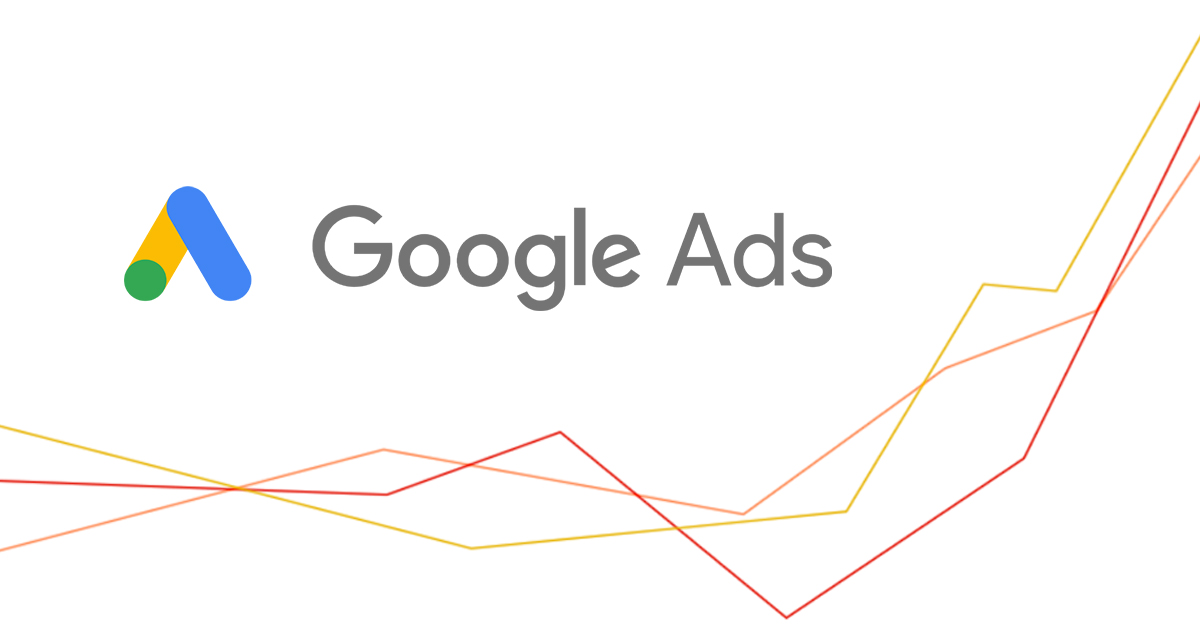Whether you have an online store or a website offering services, the multilingual digital economy demands your attention. Globalization is reaching smaller communities, and consumers expect to buy their products or services in their language. Big companies like eBay and Amazon have spent millions on improving language accessibility on their site to cultivate cash across the globe. But big businesses are not the only organizations facing the linguistic challenge. It is now an issue impacting small local businesses too.
No matter where your business calls home, not all of your digital customers speak the language in the area your company operates. Allowing Web users to learn, communicate, and shop in their native language opens doors to additional revenue potential. When your website provides more language options, it lets more customers connect to your brand. Furthermore, you improve the SEO capabilities of your site when your pages have more words and terms that Google favors. And when your website pops up in more searches, it translates into more site visitors. From a branding perspective, language options help boost your company’s exposure to diverse audiences and grow valuable trust within different cultures. Doing business in various languages also opens the door to collaborations with new suppliers. One doesn’t have to look hard to see the numerous benefits of offering online services in multiple languages. But implementing and operating an online platform in various dialects can be intimidating.
Tansley presently operates in both French and English. We feel our intentions and abilities enable us to function effectively in both lingos. But we’re aware of the challenges that our decision creates. For one, doing business in two tongues requires more time and money to operate efficiently. Translation and interpretation are costly and time-consuming. Second, there are cultural differences. Each language has a unique ethos that possesses different words or nuances that impact communication. We must always consider these differences to communicate clearly with our users. While the challenges may seem daunting, the following language tools make it possible for even the faint-at-heart to approach the challenge confidently.
Google Translate – Google’s free web software has grown exponentially in recent years. Its artificial intelligence engine is constantly learning and improving terms and corrections. As a result, Google Translate is a capable free tool that translates text instantaneously. While it does not always translate perfectly, it can be a starting point before paying a professional proofreader to polish your text.
Antidote and Grammarly – We’ve subscribed to both software platforms to improve our French and English translations. Antidote is an excellent French corrector that adapts to several French-speaking regions, while Grammarly is the English equivalent. Both applications provide an affordable option to refine your translated copy.
WordPress and WPML – One of the main reasons we use WordPress to develop most of our websites is the program’s language support. Web development platforms like Squarespace or Wix make it challenging to seamlessly offer multiple vernaculars due to their language management limitations. WordPress and its WPML plugin make it possible to manage dozens of languages for a single site effortlessly.
No matter what type of business you operate, implementing diverse language capabilities on your website will undoubtedly improve your user experience. The tools are efficient and readily available, and the opportunities for improved SEO, increased visitors, more brand exposure, and higher engagement is endless. If you are interested in learning more, please contact us so our team can explain how we can craft a multilingual strategy for your company’s digital platform.







